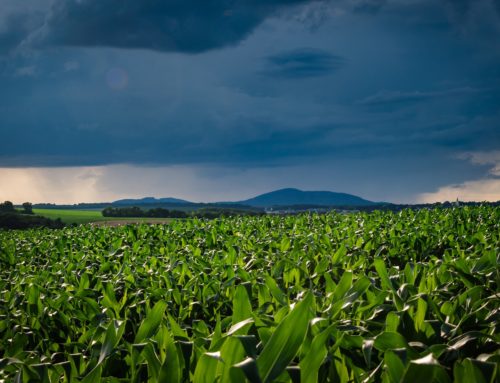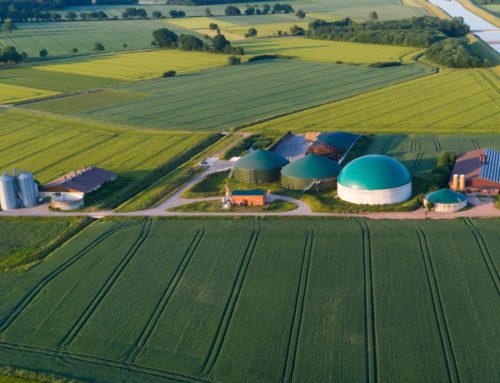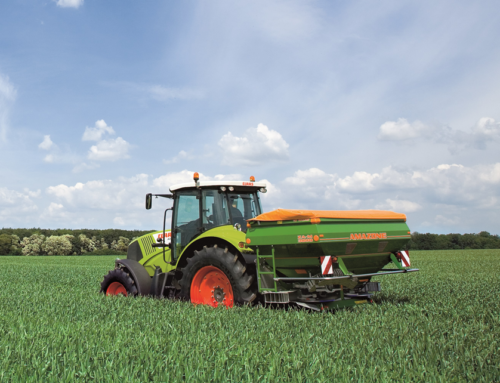Prevent soil compression and preserve soil fertility
Soil – the basis for food, habitat for plants, animals and soil organisms, and a natural storehouse for water, nutrients and carbon – is a scarce resource and forms the foundation of agricultural production. Soil condition significantly influences plant growth. This growth is reduced, for example, by soil compression when the pores of the upper layers of the soil that carry water and air are compressed, thus impeding root growth and crop production. Uncompressed soils with corresponding topsoils are thus the basis for the profitability of agricultural businesses.
In contrast, the pore volume in the soil increases, for example, through the activity of earthworms, which promotes the exchange of gases and increases the soil’s permeability and water absorption capacity. In this way, earthworms contribute to improving soil fertility and protecting against soil erosion and flooding. However, the presence of earthworms in arable areas is dependent on organic substances in the soil and on soil density. Earthworms are also sensitive to vibration, such as the ground tremors caused by various soil processing activities.
Soil compression occurs when the weight of (agricultural) vehicles exceeds the load capacity of the soils to be tilled. In principle, compression may occur on all soil types, although fertile loessial soils and loams have a higher tolerance and hardly any loss of yield occurs. In addition, sustainable management methods and tilling techniques are generally used in agriculture, irrespective of the soil type. Productivity can also be improved by means of fertilisation adapted to the site and plants and through sustainable soil use.

Sustainable tilling to prevent soil compression
It is essential to till the soil as gently as possible so that it remains healthy. Conservation-oriented tilling maintains the soil structure and is now in widespread use. Further potential is created by extensive crop rotation with mulch and nurse crops, together with the cultivation of catch crops. Sufficient calcium supply is also important. In addition, tyre pressure, wheel load, wheel slip and the number of passes over the fields are also important when driving on the soil.
The first pass has the greatest effect on the soil. You should also avoid driving on the soil when it is wet or damp. In addition, tracks leading downhill increase the risk of water erosion. There are a large number of radial tyres already available on the market to help with this problem. These allow you to drive on the field with low tyre pressure. They permit a high load capacity at low speed, with large surface contact at the same time. If you drive frequently between the field and the road, a tyre pressure control system may also be helpful.
Tilling with 365FarmNet





